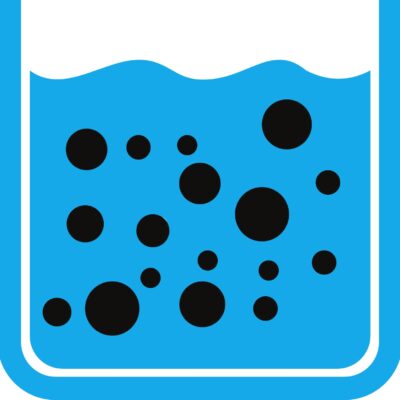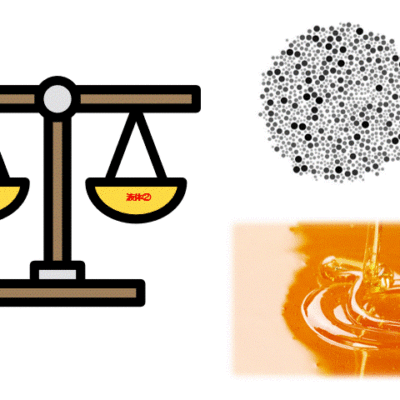Classification separation
The separation of solid substances dissolved in a liquid with discrete particle sizes into larger and smaller particle size groups is called classification. Classification separation is the use of a centrifuge to separate particles by applying centrifugal force to the particles and adjusting the flow rate to target a standard particle size. The process adds value to the product, such as improving industrial performance and quality, by making use of the homogenising characteristics of the particles by aligning their sizes. Examples of past cases Quality improvement of ink materials


